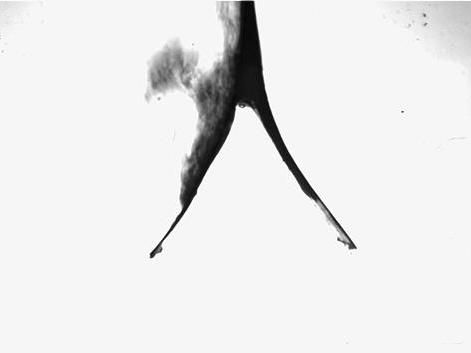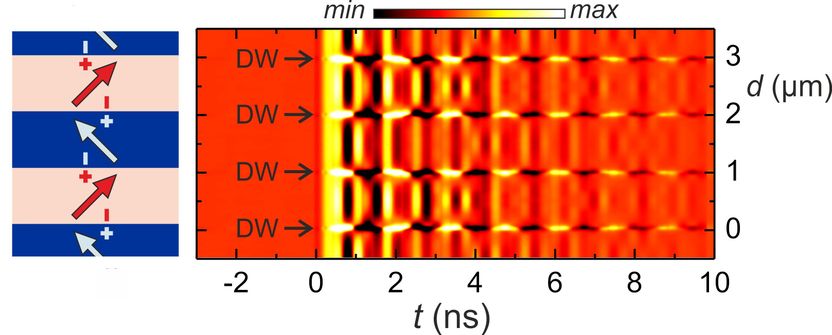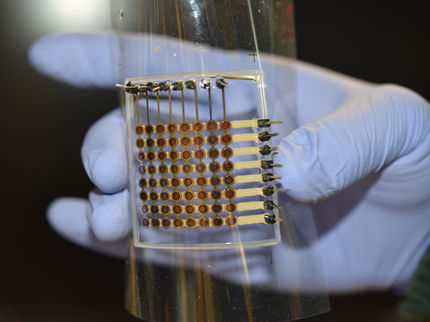BMBF Project NEMO: Research on New OLED Materials Successfully Concluded
After three years of intensive research in the field of new solution-processable materials for OLEDs (Organic Light-Emitting Diodes), Merck and ten other partners from industry and academia have successfully concluded the "New materials for OLEDs from solutions" (NEMO) project co-funded by the German Federal Ministry of Education and Research (BMBF). The newly developed materials can now be integrated into large-surface OLED components, e.g. for televisions, signage applications, and illumination for objects or rooms. They are especially suited for printing processes which, thanks to their high material utilization rates in comparison with conventional vacuum evaporation processes, permit more economical production of OLEDs. The overall project budget was € 29 million. Merck led the consortium of eleven partners.
In this project, Merck developed and tested new phosphorescent materials for red, green and blue applications. For example, it was possible to increase the lifetime extrapolated to 50% of initial brightness (= stability in use) of green triplet emitter materials from 10,000 hours to more than 200,000 hours while at the same time increasing the efficiency of these materials from 30 cd/A up to more than 70 cd/A (candela/ampere) at a brightness of 1000cd/m².
"The success of the project is an enormous and important step for printable material systems with very good performance data," says Dr. Udo Heider, Head of the OLED unit at Merck. "We are enabling our customers to use cost-efficient manufacturing processes, which thanks to their low material losses in production, will ultimately also benefit the environment.“
The scope of the project extended from soluble light-emitting materials, charge transport materials, to new adhesives for reliable encapsulation of each OLED component. In addition, physical tests were performed on the materials and on the OLED components in order to gain more in-depth knowledge for future material developments.
Apart from Merck, the following companies and institutes were involved in the project: Humboldt University of Berlin, Delo Industrie Klebstoffe, Enthone GmbH, Fraunhofer Institute for Applied Polymer Research IAP, Heraeus Precious Metals GmbH & Co. KG, the University of Potsdam, the University of Regensburg, as well as the University of Tübingen.
Organizations
Other news from the department science

Get the chemical industry in your inbox
By submitting this form you agree that LUMITOS AG will send you the newsletter(s) selected above by email. Your data will not be passed on to third parties. Your data will be stored and processed in accordance with our data protection regulations. LUMITOS may contact you by email for the purpose of advertising or market and opinion surveys. You can revoke your consent at any time without giving reasons to LUMITOS AG, Ernst-Augustin-Str. 2, 12489 Berlin, Germany or by e-mail at revoke@lumitos.com with effect for the future. In addition, each email contains a link to unsubscribe from the corresponding newsletter.
Most read news
More news from our other portals
Last viewed contents
Metal
Category:Meglitinides

Bubble-recoil could be used to cool microchips, even in space
Electron pairs precede high-temperature superconductivity - New method exploring 'energy gap' shows electron pairs exist before superconductivity sets in

Manipulation of the characteristics of magnetic materials
Inorganic materials display massive and instantaneous swelling and shrinkage
Lipoic_acid

TSKgel HT2 Series Columns | GPC columns | Tosoh
Vesuvianite
Category:EC_3.11
Table_of_nuclides,_73-96




























































